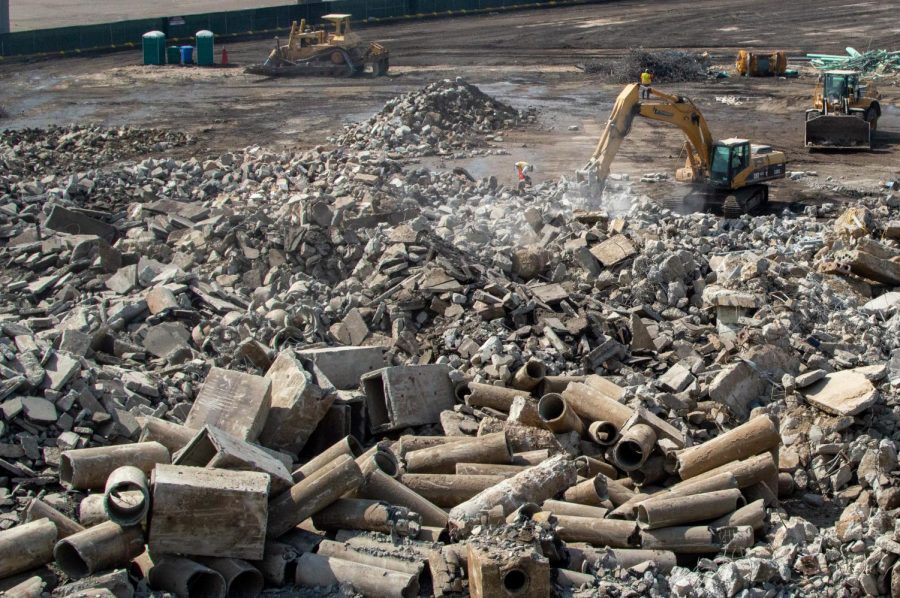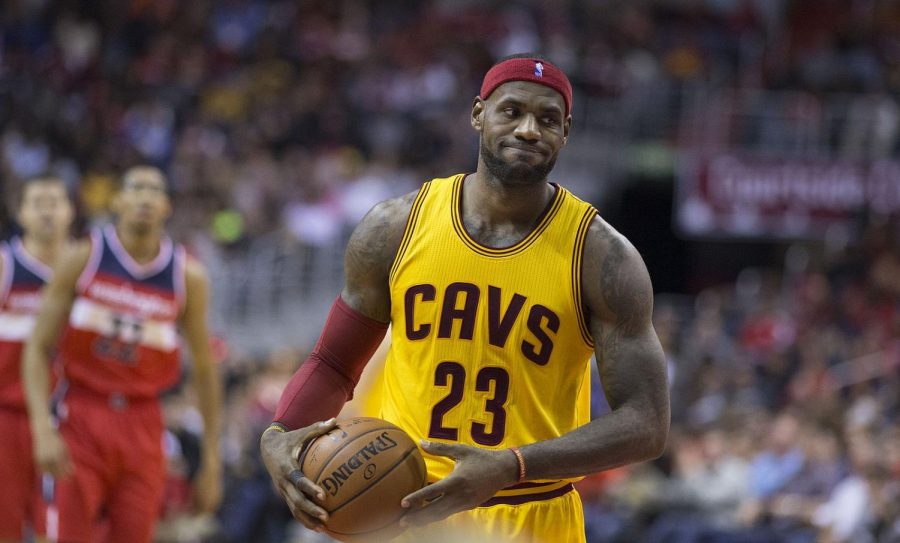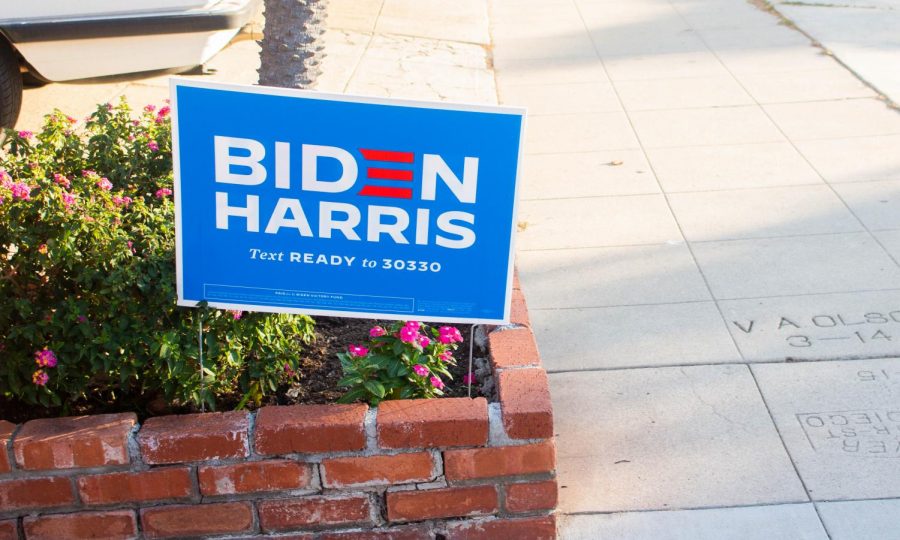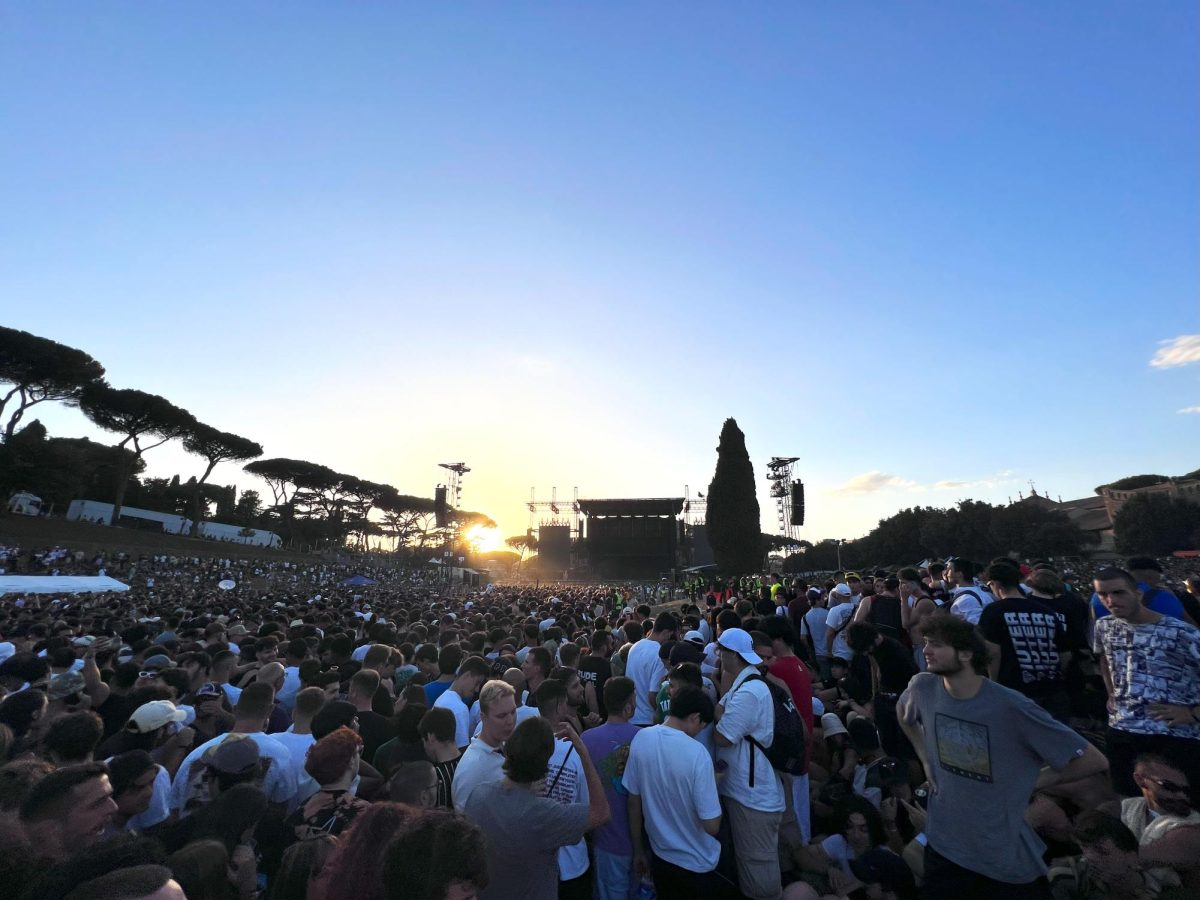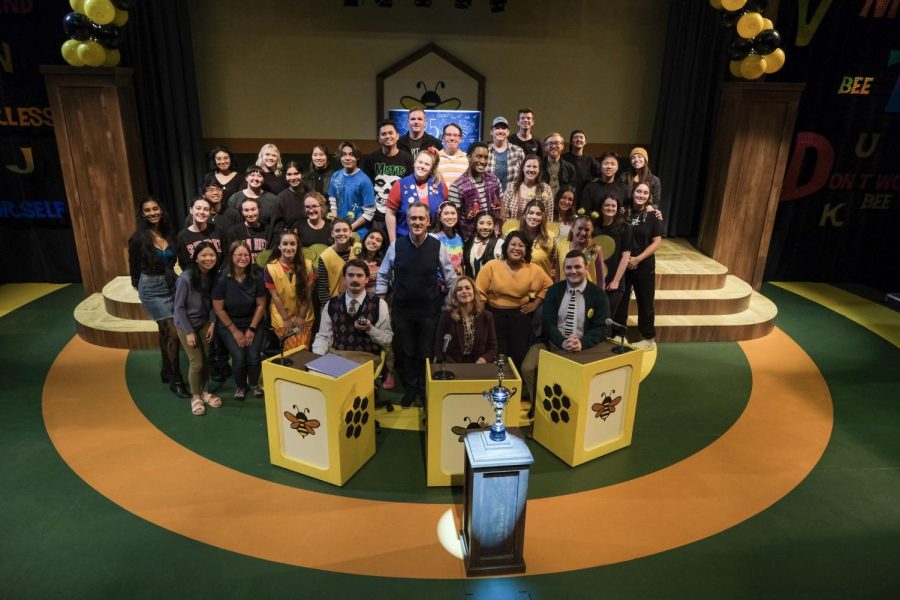The stadium in Mission Valley has been known by many names, San Diego Stadium, Jack Murphy Stadium, Qualcomm Stadium, and SDCCU Stadium. Though since 1967, despite all of the name changes, one thing remained constant – San Diegans enjoying a day at the field.
Those days, unfortunately, are coming to an end.
After decades of the Chargers, Padres, Aztecs, and various events and concerts in the bowl of “The Murph” as many San Diegans fondly remember it, the place grew old and in serious need of an update.
While plans to build a stadium for San Diego State were approved, as were plans to knock down the old one.
An article in The San Diego Union-Tribune revealed that even though demolition was initially set for 2022, construction had to be expedited due to the stadium being in an unsustainable state.
In other words, the final ball had been thrown, the last bat had been swung, the final song had been sung.
It was time for “The Murph” to go.
Demolition started in November 2020.
Since then – day by day, hour by hour – San Diego’s concrete titan is being broken down into rubble.
Harvard School of Design graduate and lecturer of interior architecture at SDSU James Brown looks back fondly on his days spent at the stadium.
“My first job was at San Diego Stadium in 1977,” he said. “I was employed by ACE parking. I took the job for only one reason – to get into the Charger games at halftime for free…Man, that was good.”
Despite many people saying “the Murph” was past its prime from a sports standpoint, Brown said the architectural qualities make it stand the test of time.
“The stadium was a beautiful sculpture sitting like a pearl surrounded by a chaos of parking and partying…The edifice was classified as brutalist, as is the Geisel Library at UCSD,” he said. “They have strength, both literally and figuratively, in their heavy concrete structure and massing.”
That brutalism – making it one-of-a-kind in its heyday – is what made it become a signature part of America’s finest city.
“So, while the building has stature and grace, it lacks connectivity to its surroundings. It sat alone in splendorous isolation.”
Clark Construction is in charge of demolition having been awarded a $250 million contract in March 2019.
Albert Valdivia, Clark Construction’s vice president, grew up in San Diego and has fond memories of spending time at SDCCU Stadium.
“My dad would take us to Padres games in the late innings when they would open the gates and you could get in for free,” Valdivia said. “I was able to play on the field in a CIF Championship game, watch my kids play football on the field during a Chargers halftime, and watch my best friend play for the Chargers for several seasons.”
While many San Diegans can share similar anecdotes and sentiments, it’s become apparent that these memories of athletes like Tony Gwynn, Ladainian Tomlinson, Dan Fouts and others have been clouded by the recent decline of the stadium and what it had to offer.
“I’ll cherish these memories forever, but for years I have felt like the fan experience has been poor,” Valdivia said.
Valdivia wasn’t alone in thinking this, in fact in the final year the Chargers played at the stadium, attendance fell by over 100,000 compared to the year before.
Even though there was a steady decline in the experience in its later years, the stadium will be missed by many SDSU students.
Communications senior Alexis Armenta spent quite a few Saturdays at SDCCU stadium cheering on the Aztecs.
“I’m really going to miss the old stadium,” Armenta said “I had a lot of memories tailgating with my friends and then going to the football games.”
With the end of an era actively taking place, all eyes are on a new one to begin.
Adjacent to the demolition, Clark Construction is also building Bashor Field at Aztec Stadium – the first piece of the SDSU Mission Valley campus.
The brand-new stadium will be filling the shoes of the stadium-sized hole in San Diego. This modern, clean take on the new home for Aztecs Football has students excited.
Marketing freshman Ian Harper, is looking forward to the different atmosphere once Aztec Stadium is finished.
“As a current freshman and football fan, I’m beyond excited to spend time and make memories at the new stadium,” he said.
This new generation of SDSU students will go on to have great experiences at a new spot – a new cornerstone in San Diego culture.
Brown also shared some insight behind the new project’s construction.
“The design, simplified by the need for only one sport configuration, is clean, and surprisingly intimate,” he said. “The space on the exterior perimeter is active, engaging and offers glimpses of the field here and there, which is sure to get the blood pumping.”
One key part of the project that catches Brown’s eye? The seating arrangement.
“The field is lowered, and one will feel a similar jolt of excitement upon entering it much as we do with our basketball arena.
“The design promises intimacy and access. I am looking forward to it.”
It’s not just students and faculty who are excited for the new field, the people who are building the new home territory for SDSU are exuberant as well.
Valdivia and the Clark Construction crew are eager for their opportunity to shape a new part of San Diego’s history.
“The new Aztec Stadium will have so many neat features that will feel uniquely San Diego and will be the hottest ticket in town,” Valdivia said. “As excited as we all should be about the new stadium, the 80 acres of parks and open space is something I look forward to bringing my family to regularly for years to come.”
San Diegans may be sad to see an old legend go but it seems that America’s finest city awaits its new stadium with excitement.
The demolition is proceeding as scheduled with sights set on a Fall 2022 debut in time for the Aztecs Football home opener.



